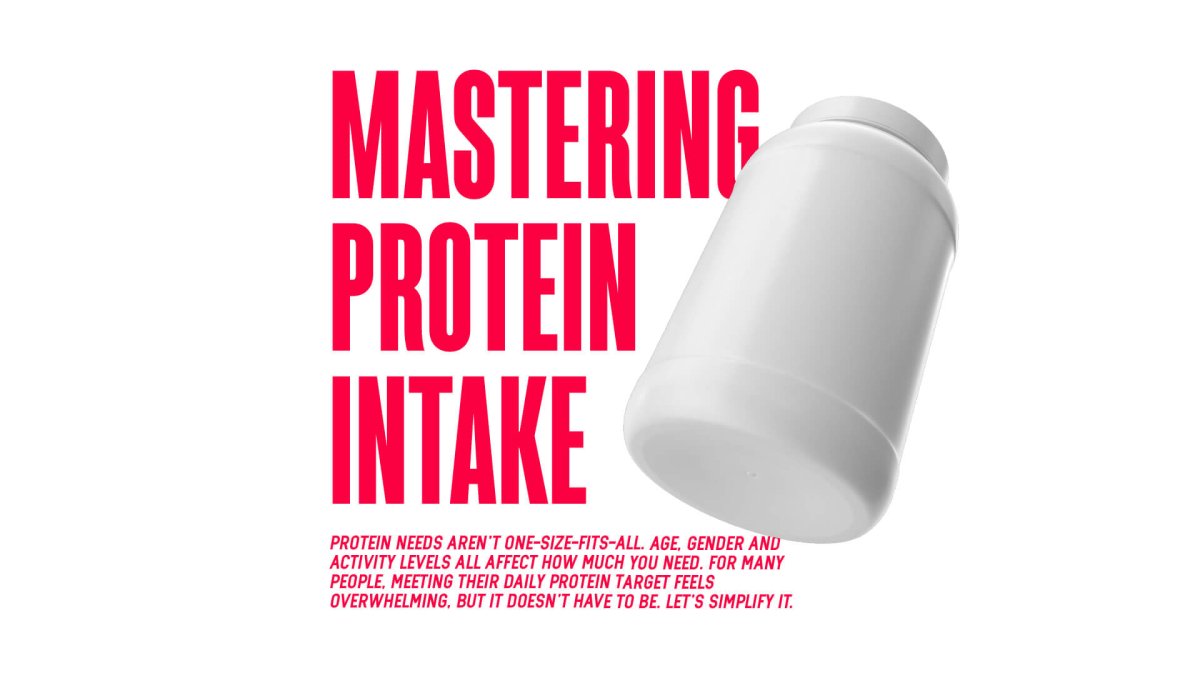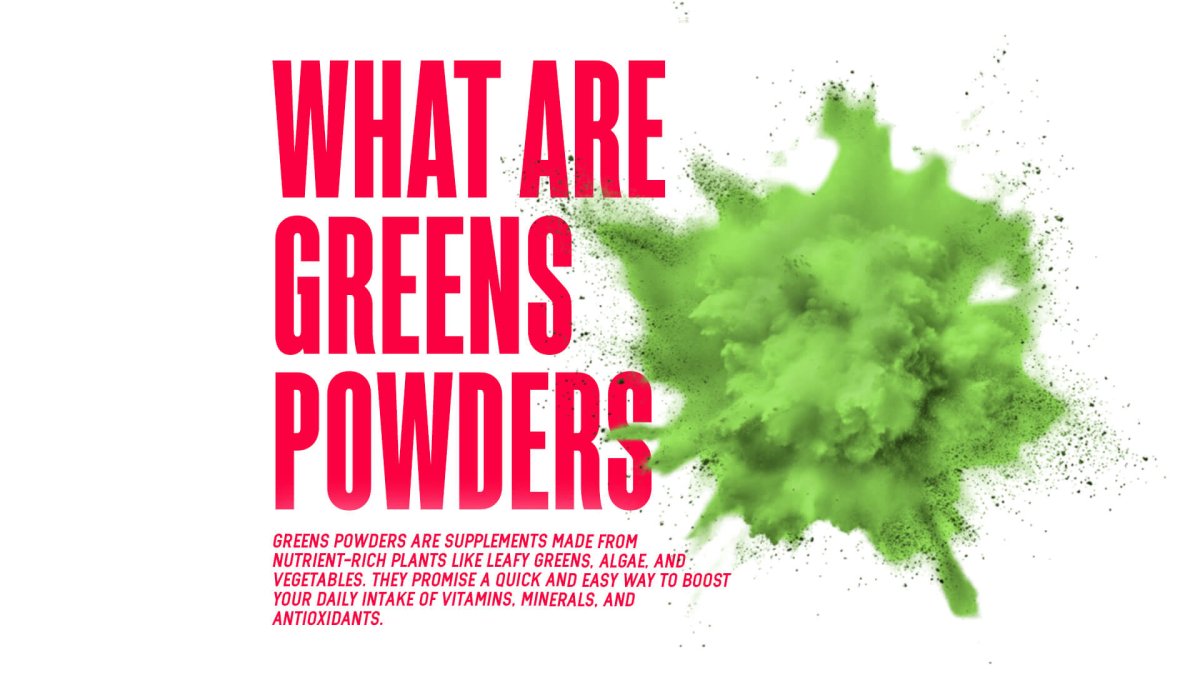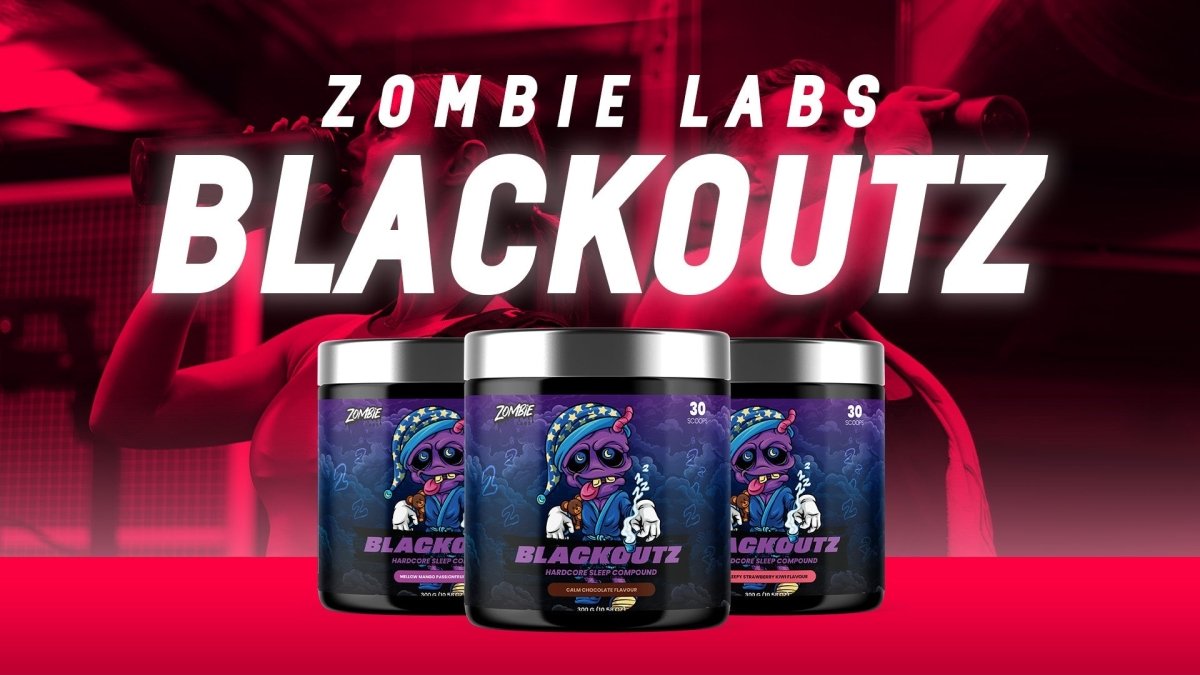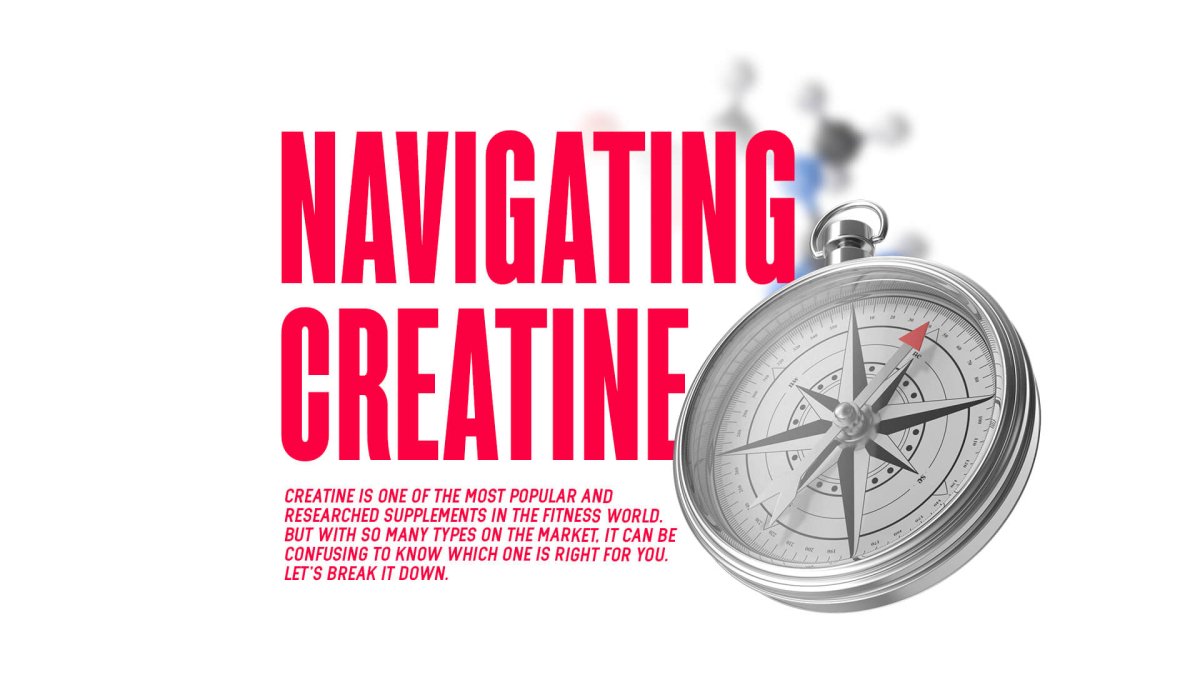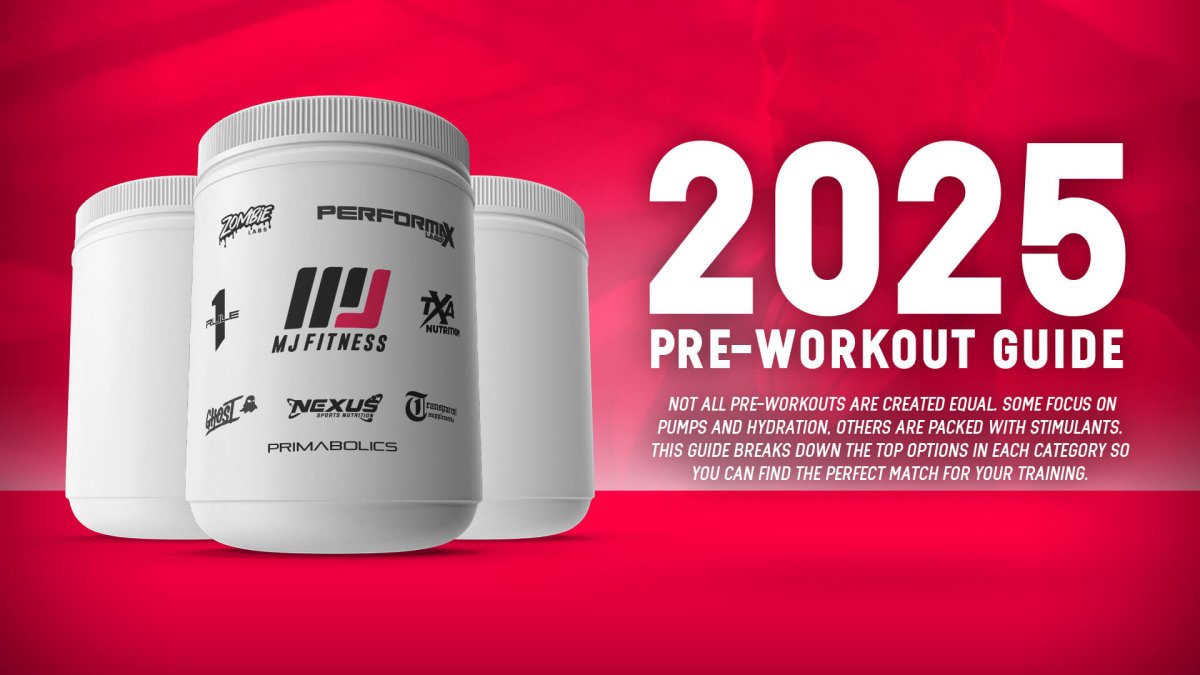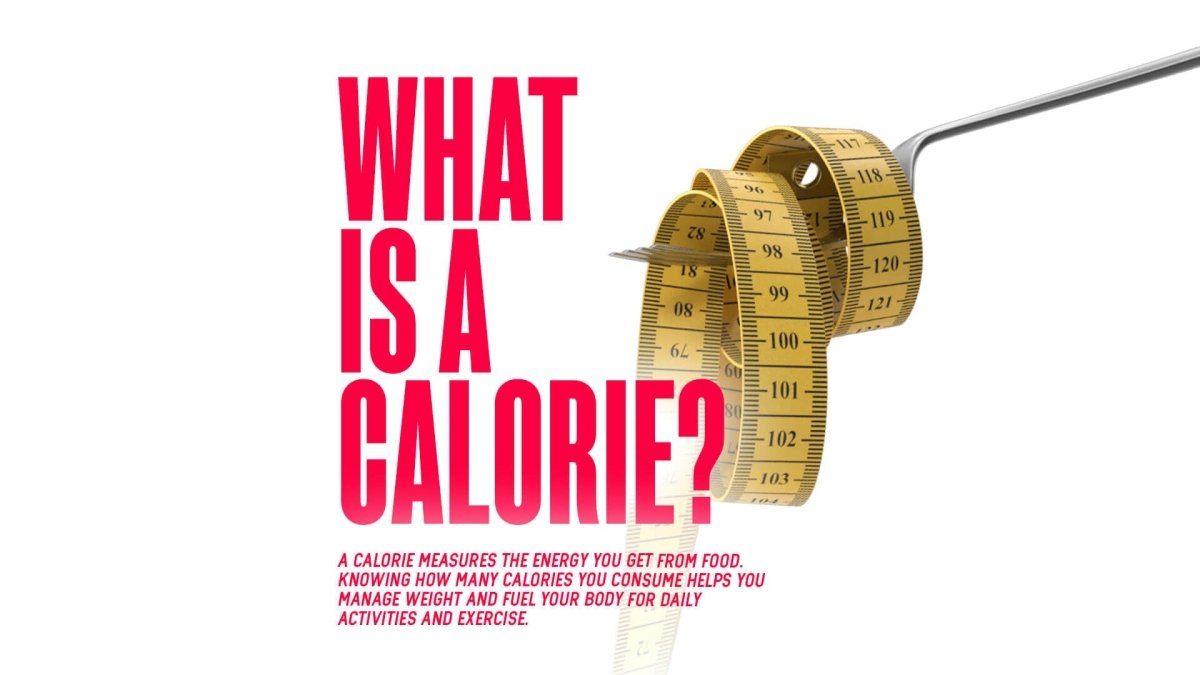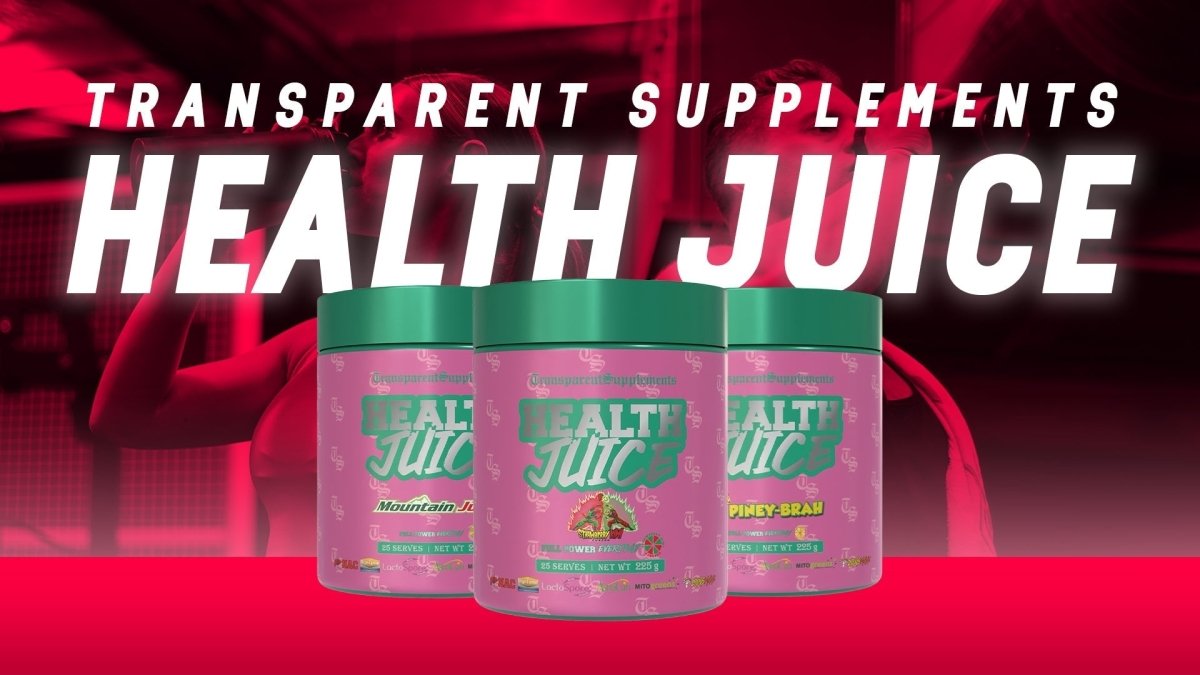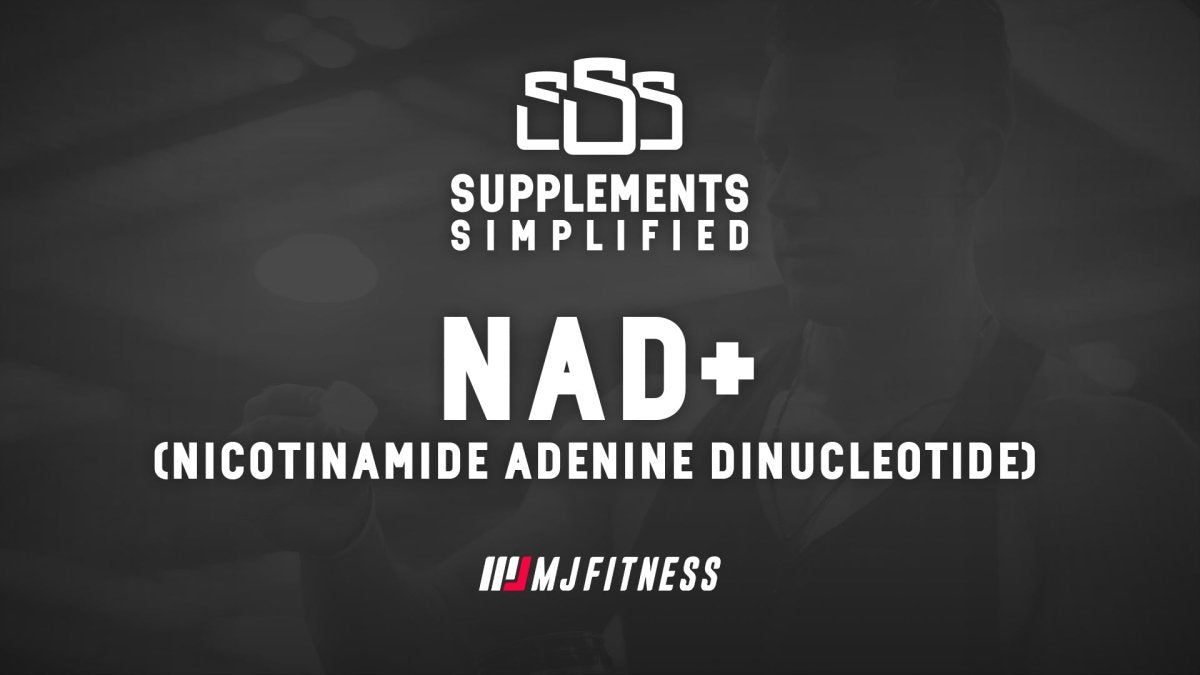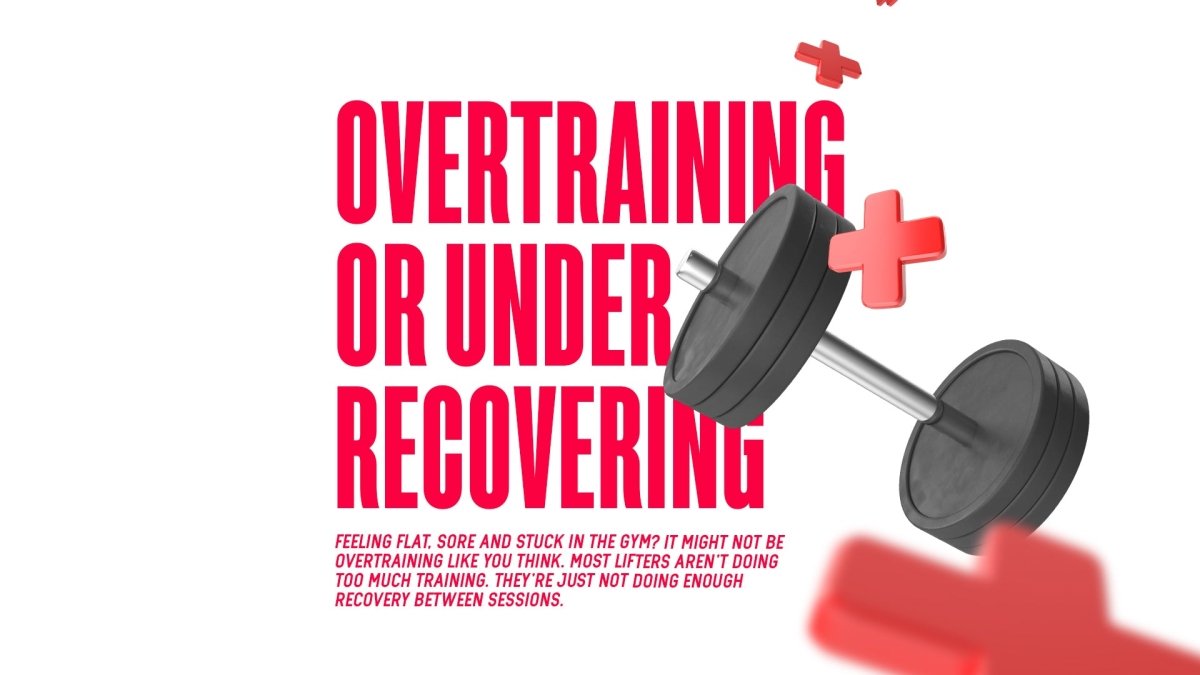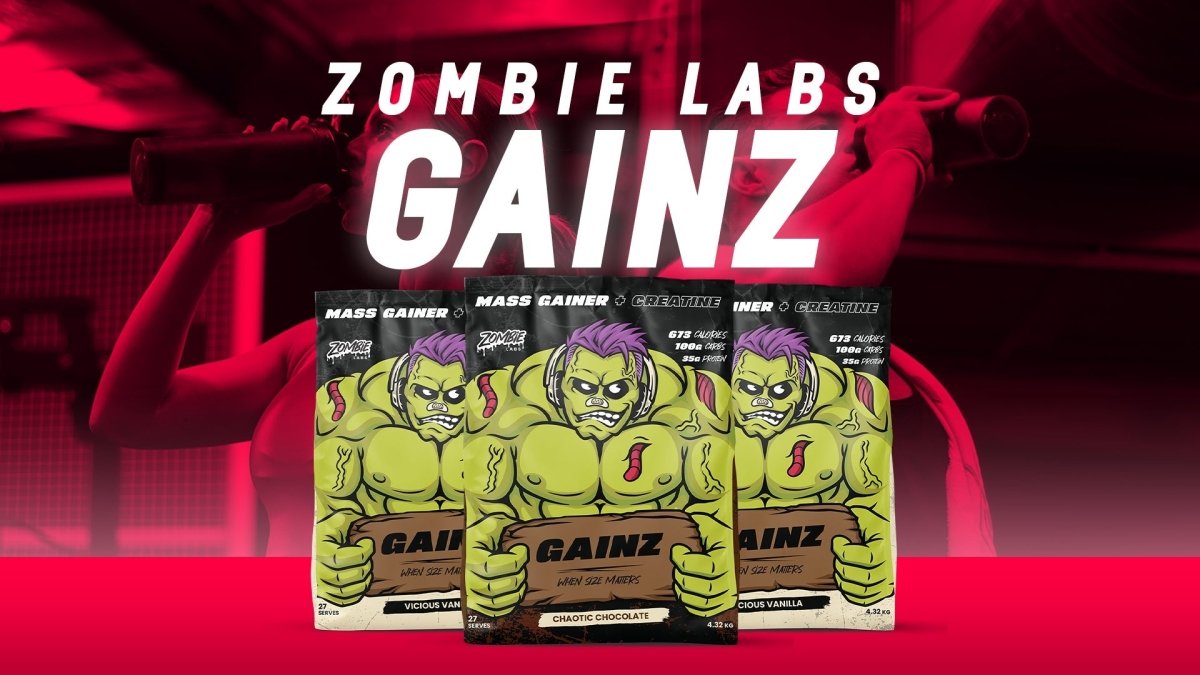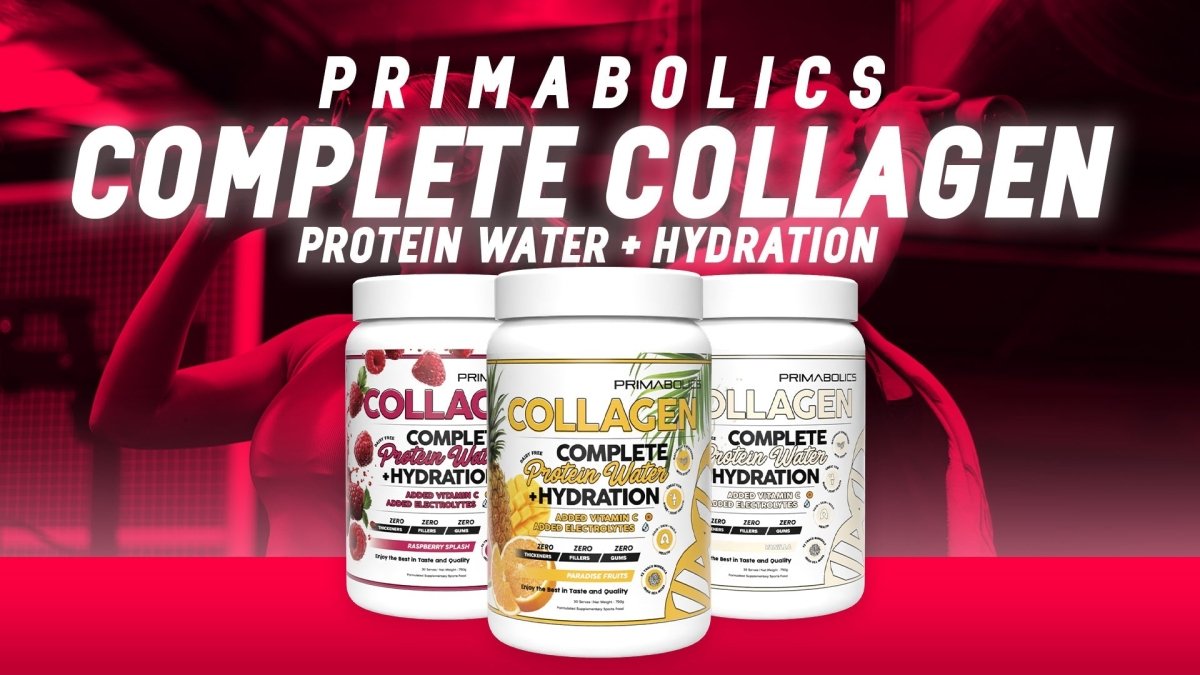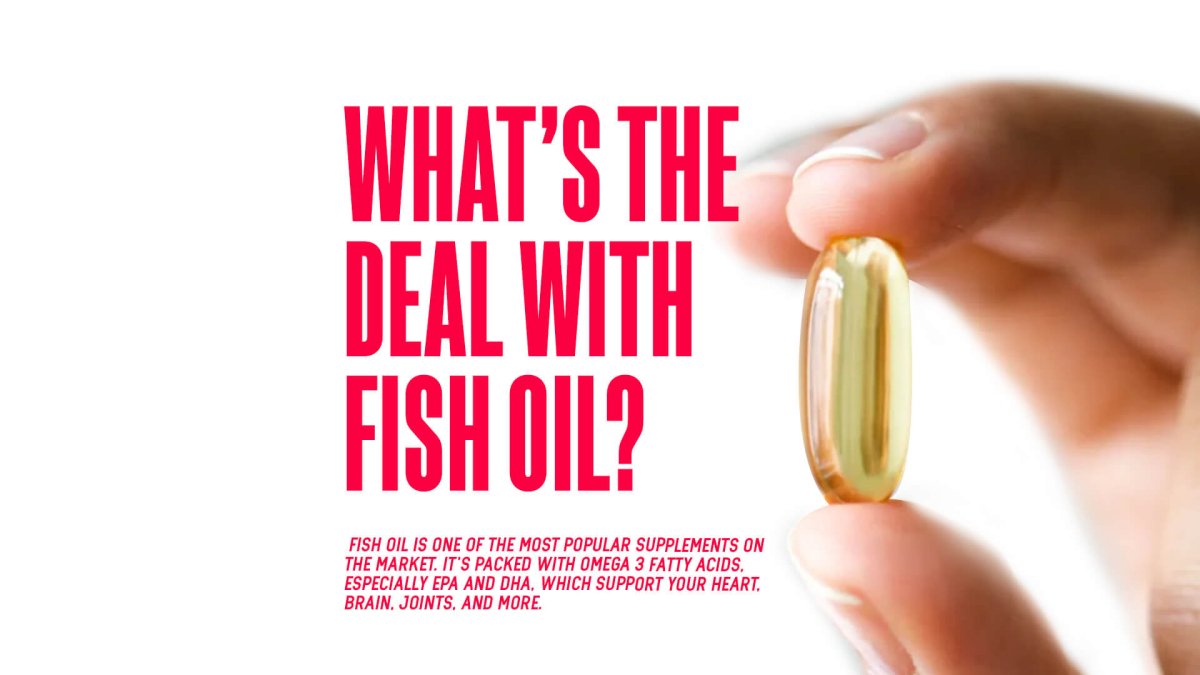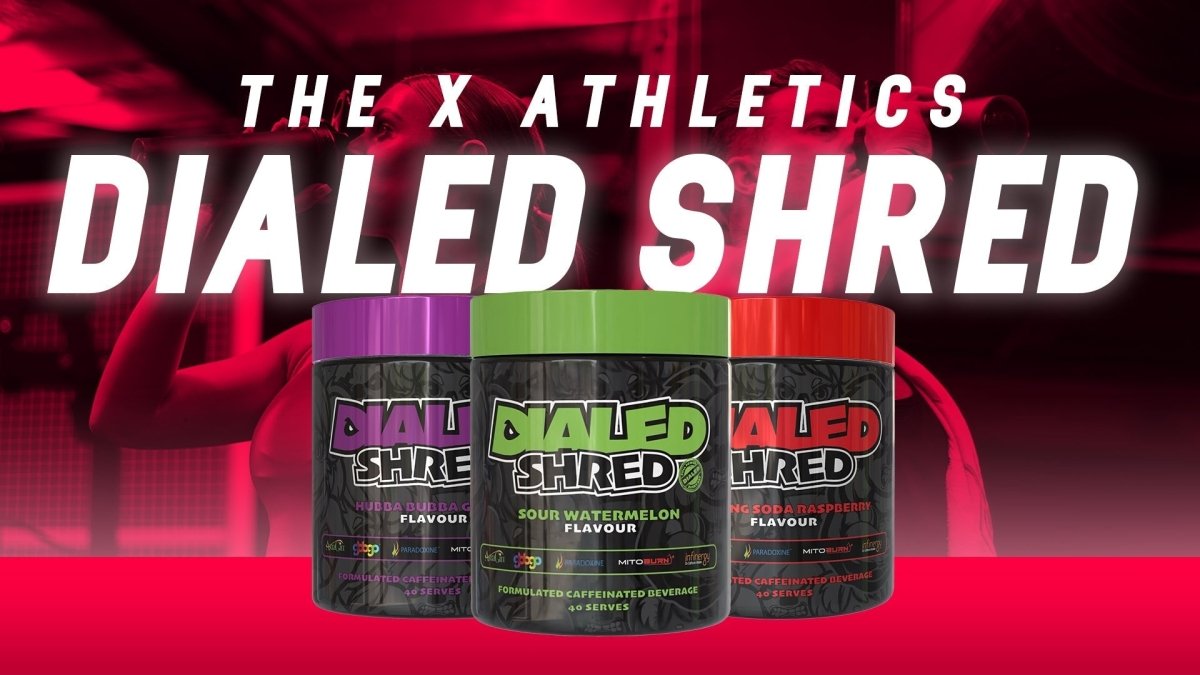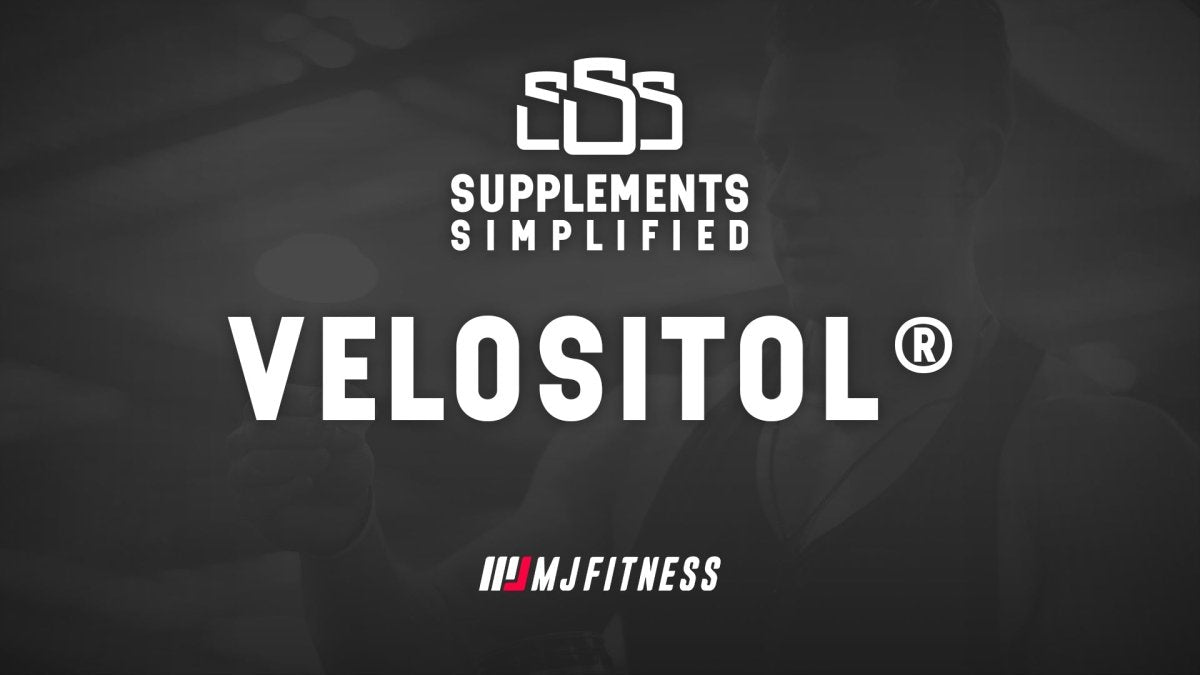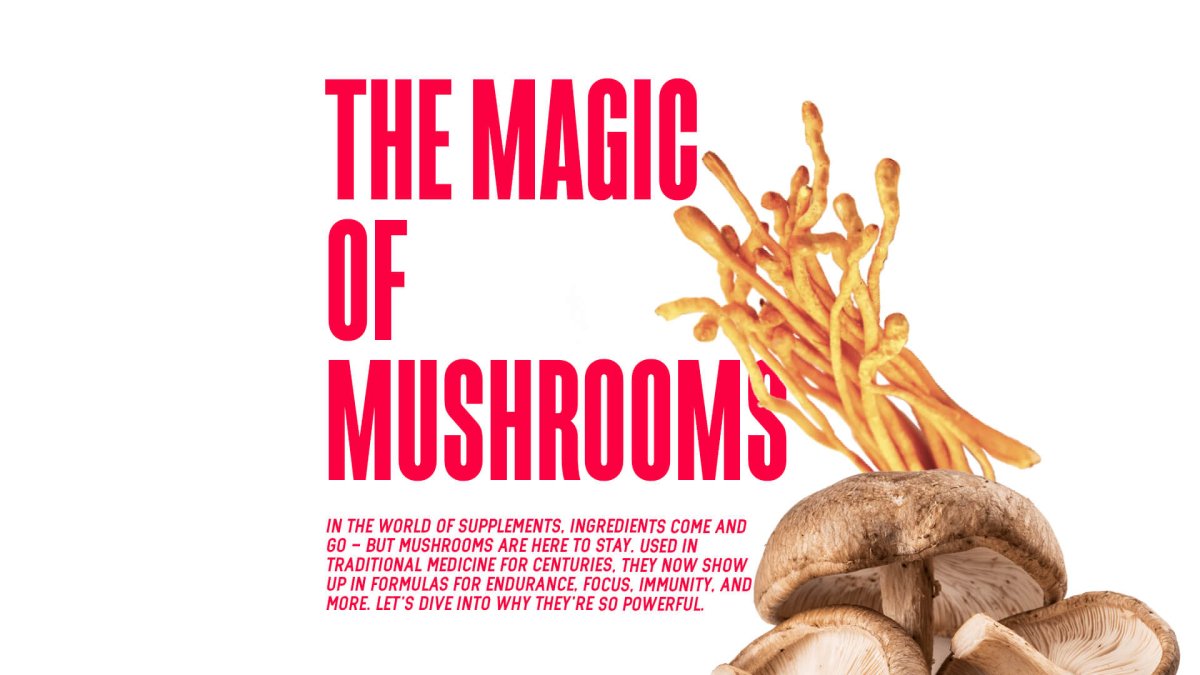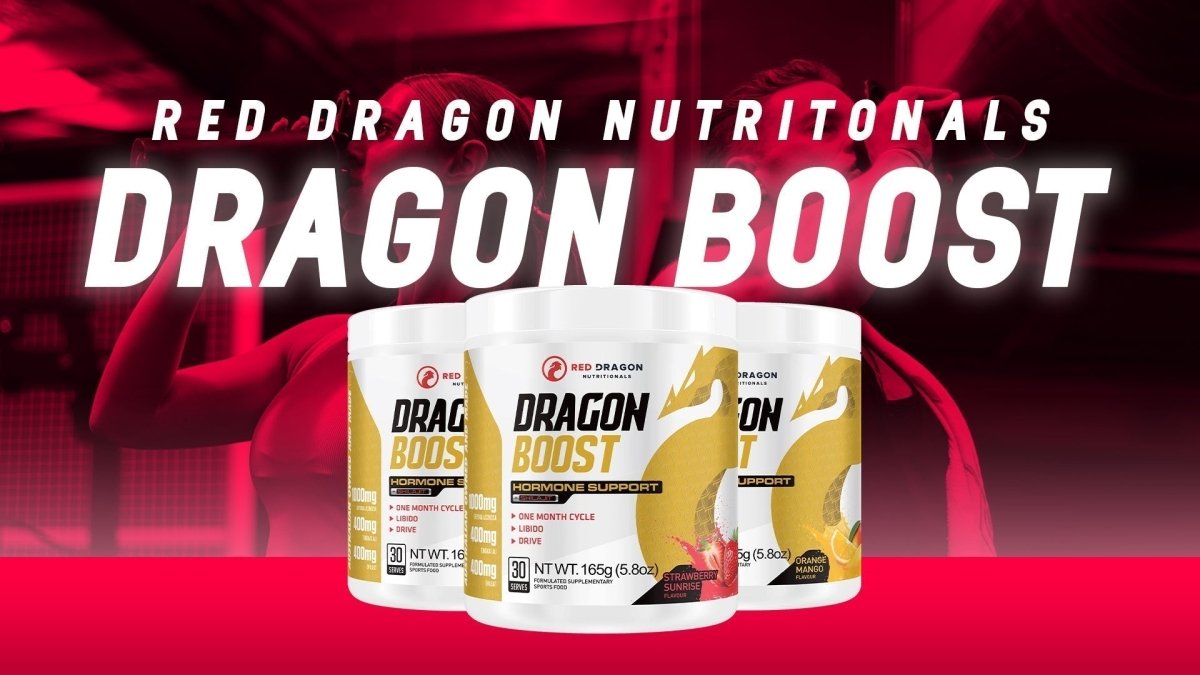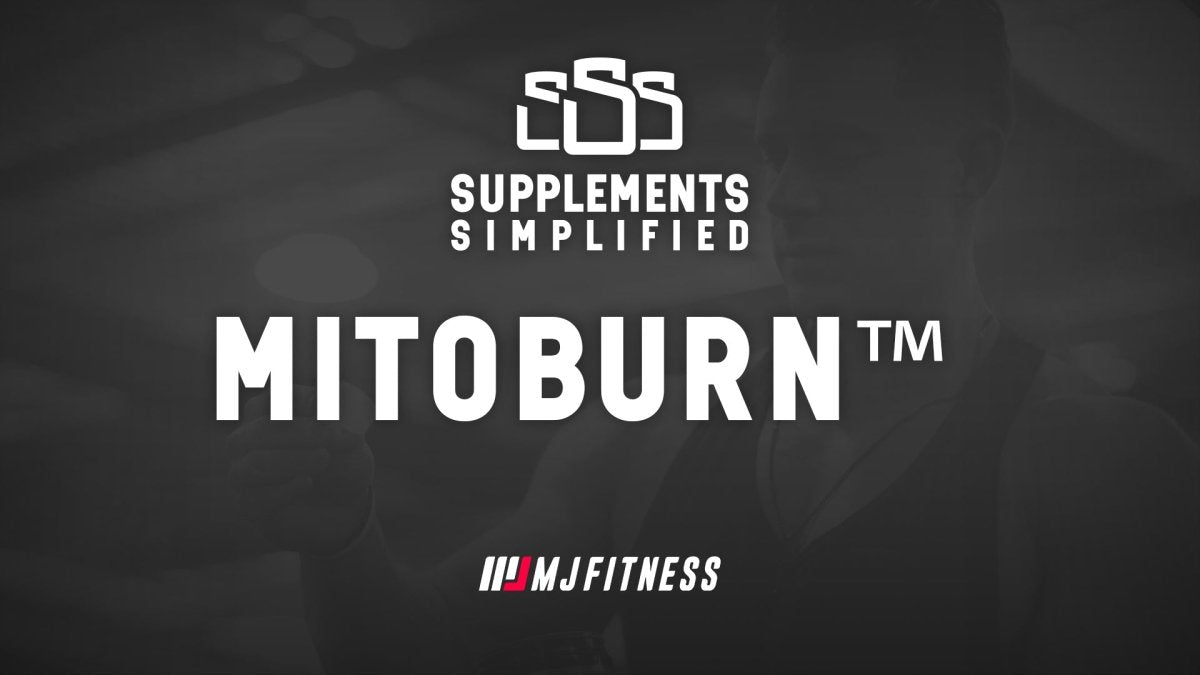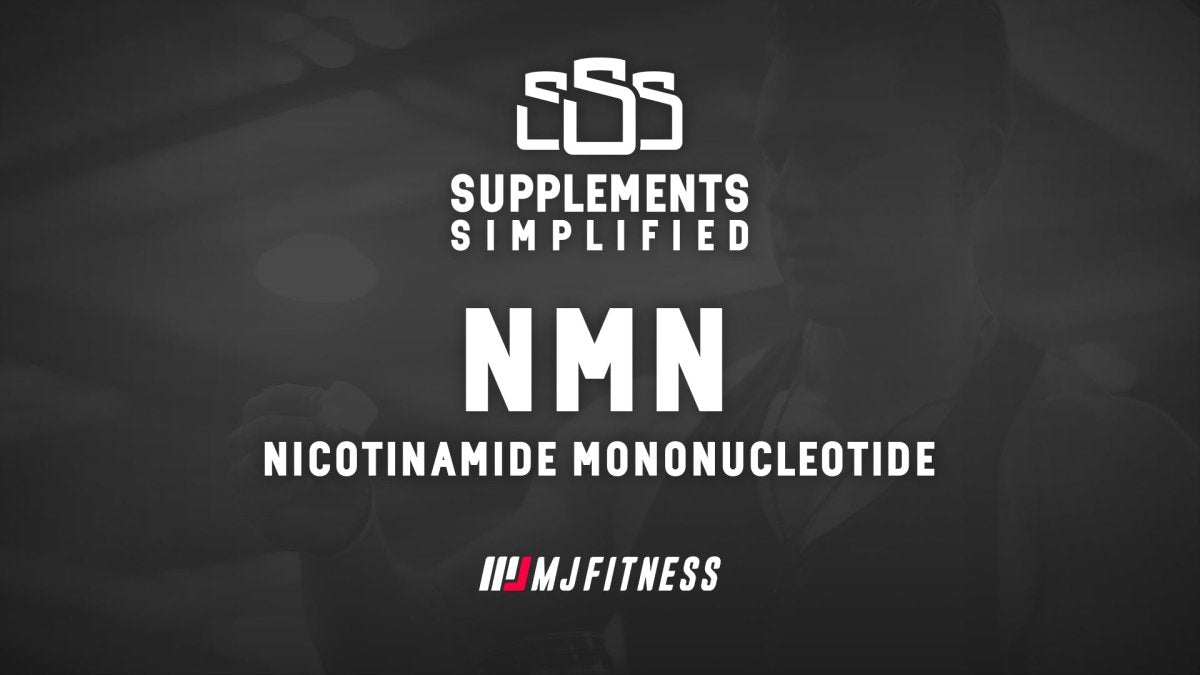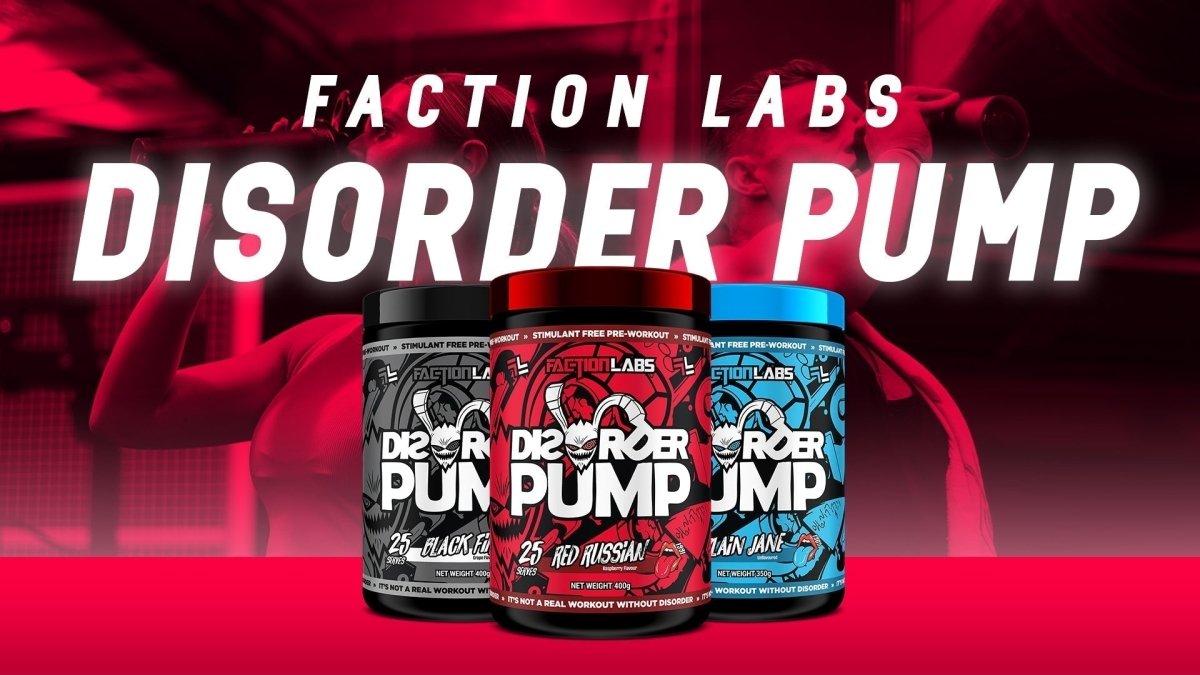by Patrick Gustowski
Transparent Supplements Health Juice Review: The Daily Wellness Formula That Does It All
What if you could boost your gut health, immune system, recovery, and hydration, all in a single, great tasting daily drink?
Transparent Supplements Health Juice takes the guesswork out of wellness by combining probiotics, super greens, adaptogens, vitamins, minerals, and electrolytes into one powerful formula.
Whether you’re pushing through intense training sessions or just want to feel your best every day, Health Juice is designed to give your body exactly what it needs to perform and recover without the bitter taste of most greens powders.
Formula Breakdown
1. Digestion & Gut Health – 4.5/5
L-Glutamine (1000 mg) – Supports recovery, gut lining integrity, and immune function.
Psyllium Husk Powder (350 mg) – Excellent source of soluble fibre to promote healthy bowel movements.
Fibre (Inulin) (250 mg) – Prebiotic fibre that supports gut microbiome balance.
LactoSpore® (Bacillus Coagulans) (278 mg) – Probiotic to aid digestion and nutrient absorption.
DigeZyme® (50 mg) – Multi-enzyme complex to improve nutrient breakdown and absorption.
AstraGin® (50 mg) – Enhances nutrient uptake and bioavailability.
Note: Strong synergy between prebiotics, probiotics, and digestive enzymes.
2. Immunity & Super Greens – 5/5
N-Acetyl L-Cysteine (500 mg) – Powerful antioxidant and liver-support compound.
Lions Mane Mushroom Extract (250 mg) – Supports brain health, focus, and immune defence.
Schisandra Extract (50 mg) – Adaptogen for liver health, stress support, and cognitive function.
MitoGreens® (200 mg) – Proprietary superfood blend rich in antioxidants.
Wheat Grass (500 mg) – High in vitamins, minerals, and chlorophyll.
Spirulina (250 mg) – Dense source of protein, iron, and antioxidants.
Spinach Powder (1100 mg) – Rich in micronutrients and phytonutrients.
Chlorella (1100 mg) – Supports detoxification and immune health.
Barley Grass (50 mg), Celery Powder (50 mg) – Additional antioxidant and nutrient sources.
Pineapple Powder (250 mg), Açai (50 mg), Beetroot (50 mg), Ginger Root Extract (50 mg) – Antioxidants, anti-inflammatory properties, and digestive support.
Note: Exceptional ingredient diversity and dosing for a daily greens and immunity formula.
3. Vitamin & Mineral Support – 4.5/5
Chromium Picolinate (100 mcg) – Helps regulate blood sugar.
Zinc Picolinate (15 mg) – Supports immunity, skin, and gut health.
Magnesium Bisglycinate (400 mg) – Muscle function, nerve health, and stress regulation.
Vitamin B1, B2, B3, B6, B7, B12 – Full B-complex for energy, metabolism, and recovery.
Vitamin C (30 mg) – Antioxidant and immune support.
Vitamin D3 (50 mcg) – Supports bone, immune, and hormonal health.
Vitamin E (0.05 mg) – Protects against oxidative damage.
Kelp Extract (8 mg) – Provides iodine for thyroid function.
Note: Excellent range and quality of forms. Vitamin E & C are underdosed.
4. Electrolyte Support – 3.5/5
Potassium Citrate (250 mg) – Supports hydration and muscle function.
Sodium Chloride (250 mg) – Essential for fluid balance and nerve signalling.
Calcium Citrate (250 mg) – Bone health and muscle contraction.
Note: Effective basic electrolyte profile, though not as advanced as premium hydration formulas.
Overall Formula Score – 4.5/5
Highlights:
Thoughtful formulation with excellent ingredient synergy.
Comprehensive daily wellness coverage – gut, immune, recovery, and hydration.
Inclusion of AstraGin®, DigeZyme®, probiotics, and prebiotics maximises nutrient uptake.
Possible Improvements:
Slightly increase Vitamin E and Vitamin C dosages.
Electrolyte profile could be expanded.
Flavour Breakdown
Despite containing greens, fibres, and adaptogens, Health Juice delivers some of the best flavours we have seen including:
Mountain Juicy – Bright, citrusy, and tropical with a soda-like twist.
Piney-Brah – Pineapple forward tropical blend, crisp and refreshing.
Strawberry Kiwi – Sweet strawberry balanced with tangy kiwi for a fresh, fruity taste.
Price Breakdown
Standard Price: $79.00 AUD
Servings per Tub: 25
Price per Scoop: ~$3.15 AUD
Value: Premium priced but justified given the ingredient quality, dosing, and variety of health benefits.
Who’s It Best For?
Transparent Supplements Health Juice is ideal for:
Active individuals seeking a daily all in one superfood supplement.
Those wanting gut, immune, and antioxidant support without stimulants.
People looking to improve energy, mood, and recovery naturally.
Final Thoughts
Transparent Supplements Health Juice is a premium daily superfood supplement that stands out for its diversity of ingredients, quality dosing, and focus on nutrient absorption. It’s more than a greens powder, it’s a complete gut, immune, and vitality formula in one scoop.
While priced at the higher end, the combination of benefits, clean taste, and ingredient quality makes it a smart investment for long term health and performance.


